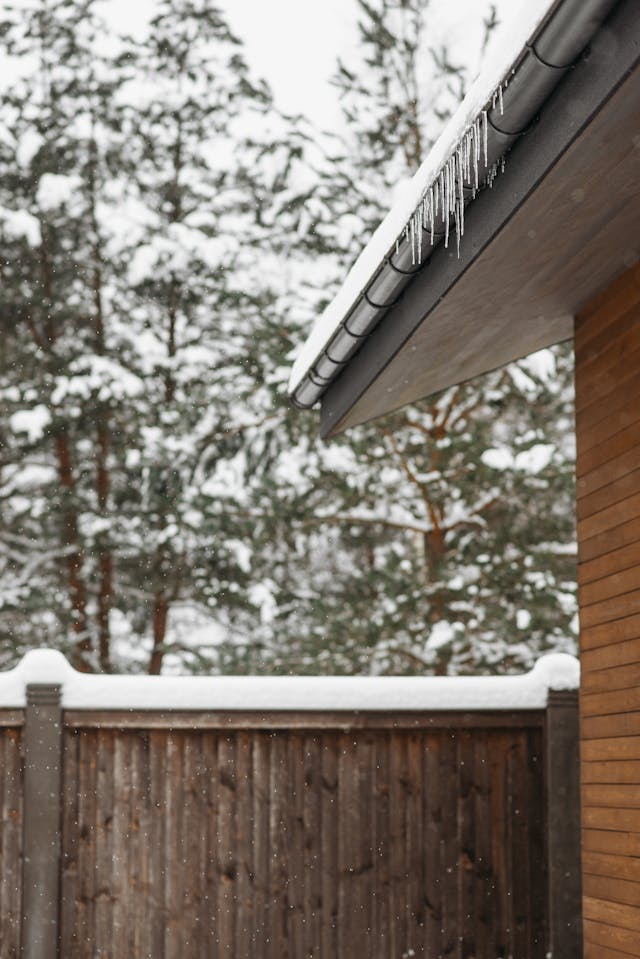
Winter is coming, and it’s bringing problems with it. As a human being who’s lived the Great British Winter before, you’ll be intimately familiar with high winds, biting cold and never-ending rain – but as a new homeowner, you’ll find yourself seeing these seasonal hazards in an entirely new, entirely terrifying light.
As temperatures drop, central heating systems come on and internal humidity starts to rise, the stresses of winter’s coldness and dampness can quickly turn minor maintenance issues into damaging and highly costly home emergencies. What follow are some of the more common home issues you may encounter this winter, and the various methods you can employ to bring costs down when you encounter them.
Frozen and Burst Pipes
Often, temperatures drop quicker than we anticipate, which can cause issues we don’t necessarily see. A key case in point is the piping that serves water to and around your home, which can freeze solid if not used frequently while temperatures drop. When this happens, at best you experience a loss of water flow; at worst, your pipe expands and bursts, leading to water damage and costly repairs.
A nice and cheap preventive measure here is to insulate all visible external and exposed pipework with cheap, easy-to-install foam pipe lagging. You should also keep an eye on falling temperatures, and try not to be on holiday when temperatures do fall. Keep your central heating running at a low background temperature (ideally minimum), and use your taps semi-frequently to keep water flowing.
Damp and Mould
Damp can be a year-round issue, but the unique conditions of the winter months make damp a common seasonal issue. During winter, warm, moist air generated indoors – whether from cooking, showering, or air-drying your clothes – meets cold exterior walls and windows, which causes condensation. The water vapour that condenses on surfaces is the perfect breeding ground for black mould, which poses a serious risk to your respiratory health.
To prevent this from propagating in your own home, you need to tackle the moisture and temperature balance. You can do this by maximising ventilation, for example through installing extractor fans in kitchens and bathrooms.
Again, a low but consistent background heat throughout the house can help reduce the likelihood of cold condensation on walls and windows.
Central Heating and Boiler Failure
Your central heating is a powerful tool not just for your own comfort, but for protecting your home against cold- and moisture-related seasonal ills. But it is also at risk in the winter. Heating systems aren’t used as frequently, if at all, in the warmer months, so that first big switch-on when temperatures fall can be a shock – to the point of potential failure.
Again, the best defence is preventative maintenance. You should book a pre-winter boiler service with a Gas Safe registered engineer, who can check and service your boiler for you. For a more comprehensive fix, you could use secured loans to unlock the funds necessary to completely overhaul your heating system – futureproofing yourself against successive winters.
Blocked Gutters and Leaking Downpipes
Last but not least, winter’s bluster brings with it a great deal of natural debris – debris which creates solid blockages in your roof’s drainage system. These blockages cause water to run down your exterior walls as opposed to the drain, causing damage to masonry, rendering, and potentially your home’s foundation. There’s no better way to tackle this than by hand; get up there with a ladder and clear your gutters manually, before the heavy rains start.
© Copyright 2025 Antonia, All rights Reserved. Written For: Tidylife


Leave a Reply